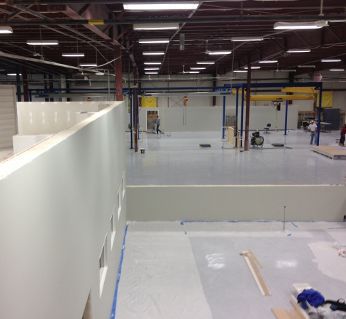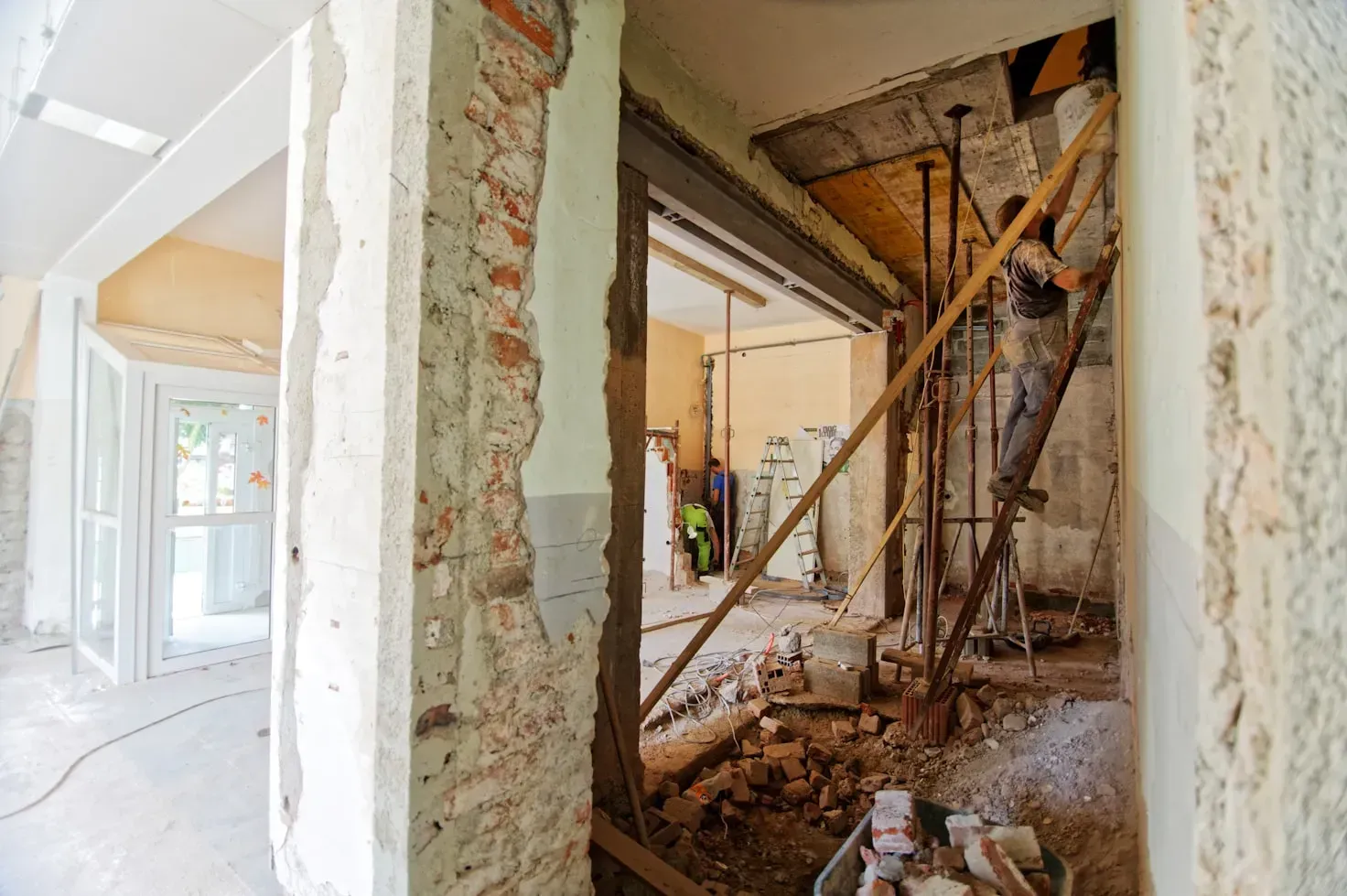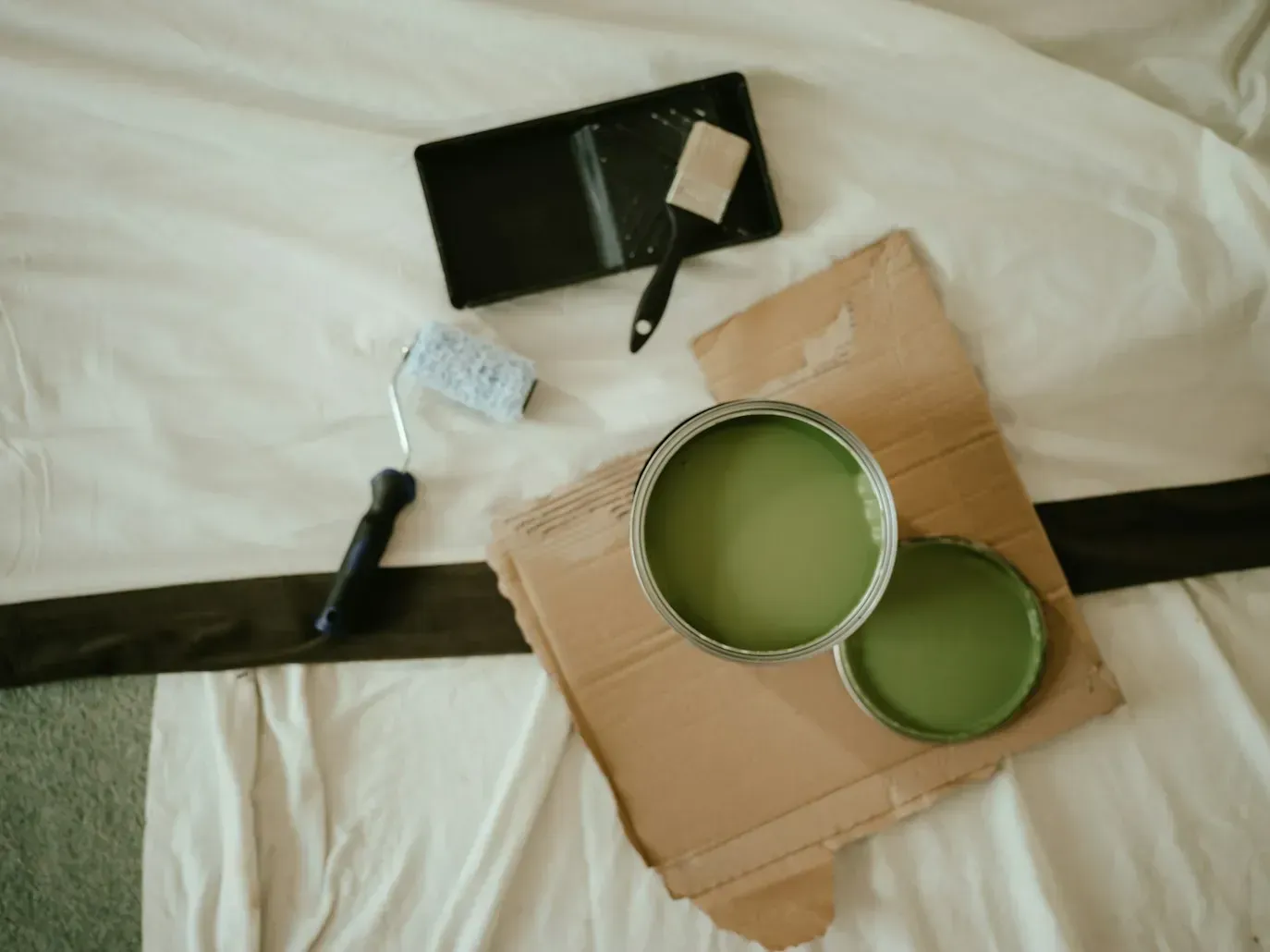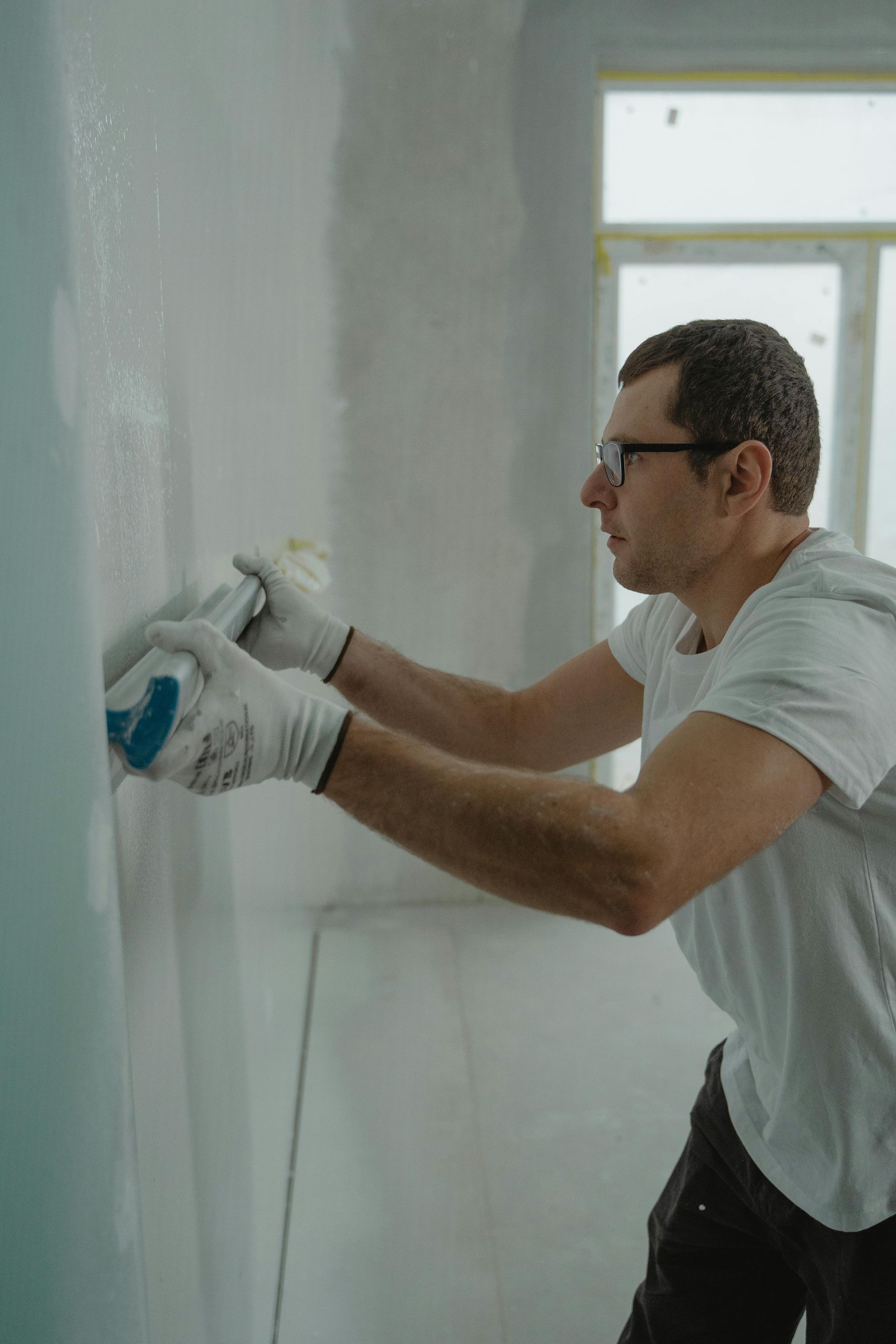Preventing and Repairing Water Damage in Drywall (Especially After MA Winters)
Introduction
If you live in Easthampton or anywhere in Western Massachusetts, you know that harsh winters can take a toll on your home. Ice dams, roof leaks, burst pipes, and condensation are all common issues once snow and freezing temperatures hit. One of the most vulnerable parts of your home during this time is drywall.
Water damage in drywall can cause staining, warping, soft spots, and even mold growth if left untreated. This not only affects the look of your walls and ceilings but can also create health risks and reduce the structural integrity of your home.
In this article, we’ll explain how water damage affects drywall, how to prevent it during Massachusetts winters, and what to do if you discover a problem.
How water damages drywall and why it’s worse after winter
Drywall is made of a gypsum core covered in paper. When water seeps in, the material absorbs moisture like a sponge. Over time, this can lead to several problems:
- Discoloration and staining – Brown or yellow water rings on walls or ceilings.
- Warping and sagging – Waterlogged drywall loses its strength and may bulge or collapse.
- Mold growth – The paper surface provides food for mold if moisture lingers.
- Cracking and crumbling – Once the drywall dries unevenly, it can lose its shape and stability.
Why Massachusetts winters make this worse:
- Melting snow and ice dams on roofs often leak into attics and ceilings.
- Frozen or burst pipes inside walls cause sudden flooding.
- Humidity spikes from heating systems create condensation.
- Freeze-thaw cycles increase small leaks in roofs and siding.
The combination of these factors makes prevention critical for homeowners in Easthampton and surrounding towns.
How to prevent water damage in drywall
Here’s a step-by-step prevention plan to reduce the risk of drywall damage during and after a Massachusetts winter.
Step 1: Inspect your roof and gutters
Ice dams form when heat escapes from your roof, melting snow that then refreezes at the edges. This can back water up under shingles and into your attic. Keep gutters clear, repair flashing, and improve attic insulation to prevent these leaks.
Step 2: Protect pipes from freezing
Pipes in exterior walls, basements, and attics are prone to freezing. Insulate pipes, seal drafts, and keep a trickle of water running on the coldest nights to prevent bursts that could flood drywall.
Step 3: Control indoor humidity
Dry winter air followed by overheated rooms creates condensation on windows and sometimes on walls. Use a humidifier wisely, keeping indoor humidity around 35–45%.
Step 4: Check for early signs of leaks
Look for discoloration, bubbling paint, or soft drywall patches. Addressing small leaks quickly can prevent major repairs.
Step 5: Schedule seasonal maintenance
Having a drywall or home repair professional inspect problem areas after winter can save you from hidden long-term damage.
Repairing water-damaged drywall
Even with prevention, water damage sometimes happens. Here’s how to handle it.
Step 1: Stop the water source
Before repairing drywall, locate and fix the leak — whether it’s a roof issue, pipe burst, or condensation problem.
Step 2: Dry out the area
Use fans, dehumidifiers, and ventilation to remove as much moisture as possible. Mold prevention starts with drying.
Step 3: Assess the drywall
- If the drywall is swollen, crumbling, or moldy, it will need to be cut out and replaced.
- If the damage is minor surface staining, drying and sealing may be enough.
Step 4: Cut and replace
Cut out the damaged section back to the nearest studs. Install new drywall, tape, and finish to blend seamlessly with existing walls.
Step 5: Prime and paint
Use a stain-blocking primer before repainting to prevent old water stains from showing through.
For severe cases, especially if mold is present, hiring a professional drywall contractor ensures safety and a smooth finish.
faqs
What should I do immediately after noticing water damage in drywall?
Stop the water source, dry the area, and call a professional if the damage is extensive. Quick action prevents mold growth.
Can drywall be dried out and saved?
Small damp spots can sometimes be dried and sealed. However, sagging, crumbling, or moldy drywall almost always needs replacement.
How do I know if water damage is from condensation or a leak?
Condensation damage usually appears evenly across surfaces, while leaks show up as localized stains or streaks. A contractor can confirm the source.
Is water-damaged drywall dangerous?
Yes. Prolonged moisture leads to mold, which can trigger allergies and respiratory issues. Structural integrity may also be compromised.
Do I need to replace insulation behind wet drywall?
If insulation is soaked, it should be removed and replaced along with the drywall to prevent mold and maintain energy efficiency.
Conclusion
Water damage in drywall is one of the most common issues homeowners face after harsh Massachusetts winters. By taking preventive steps like protecting your roof, pipes, and indoor humidity, you can greatly reduce your risk. And if water damage does occur, acting quickly to dry, repair, or replace affected drywall will save money and protect your home’s safety.
Frenchie Drywall in Easthampton specializes in repairing water-damaged walls and ceilings, restoring them to look and perform like new. If your home has been affected this winter, don’t wait until the damage spreads. Reach out to a professional team that understands both local weather challenges and drywall repair best practices.










